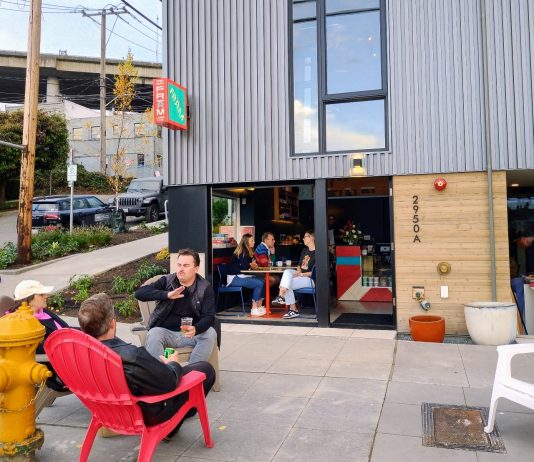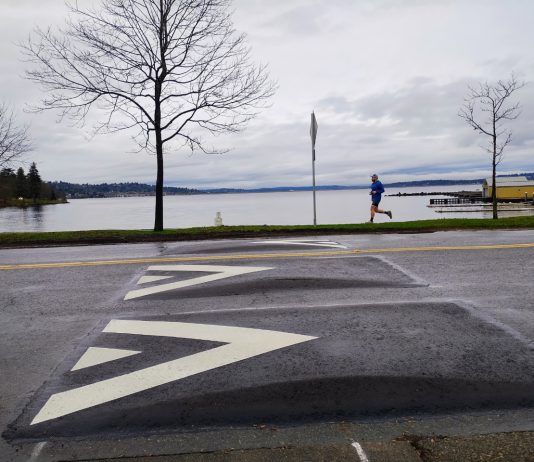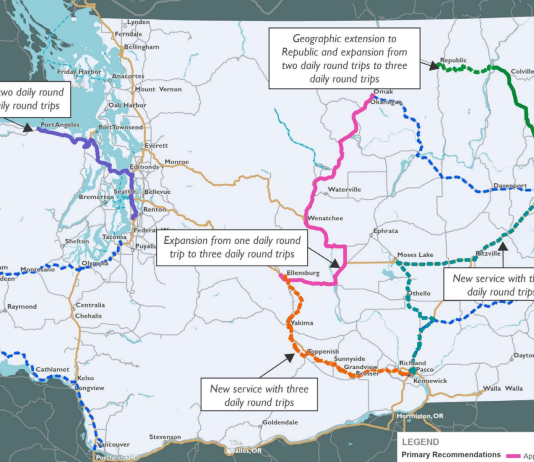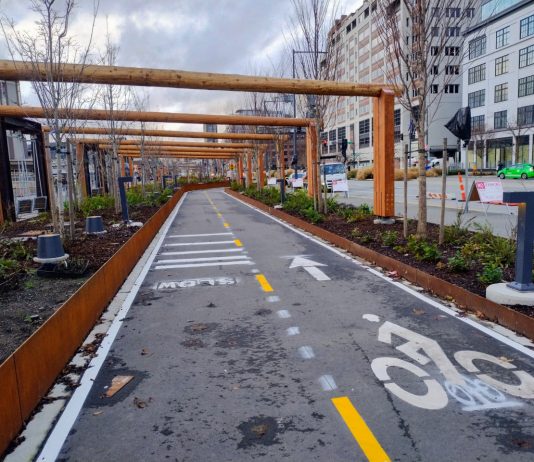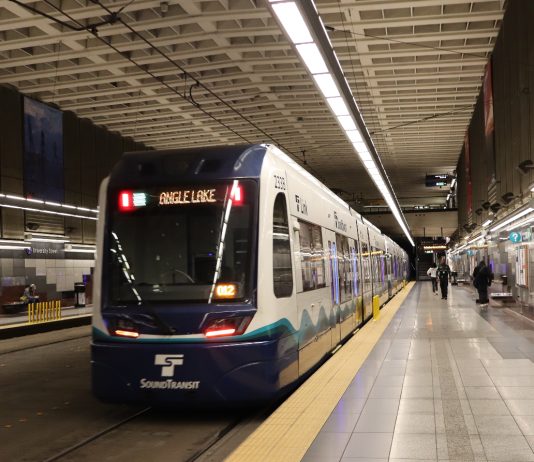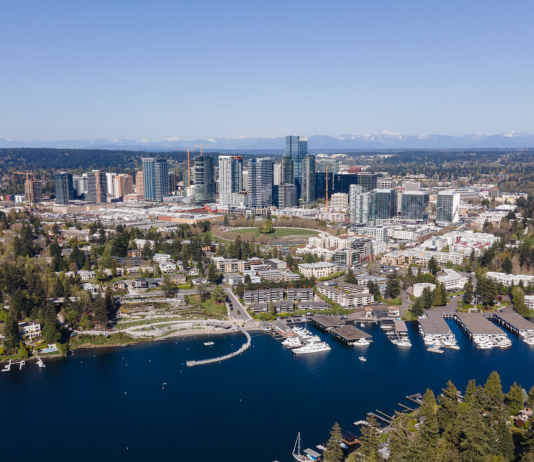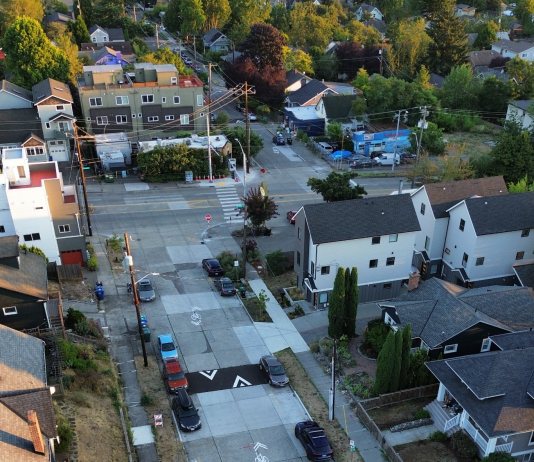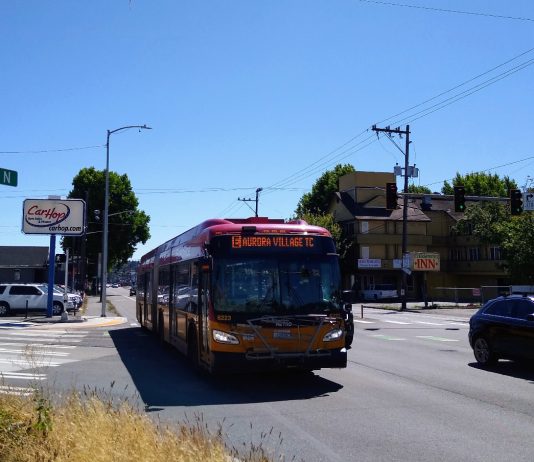Ryan Packer
699 POSTS
0 COMMENTS
Ryan Packer has been writing for The Urbanist since 2015, and currently reports full-time as Contributing Editor. Their beats are transportation, land use, public space, traffic safety, and obscure community meetings. Packer has also reported for other regional outlets including Capitol Hill Seattle, BikePortland, Seattle Met, and PubliCola. They live in the Capitol Hill neighborhood of Seattle.
A popular bill from 2024 that would legalize neighborhood cafes in residential areas across Washington is back in 2025. It will likely continue to face headwinds from local governments.
The idea of slowing drivers along one of the city's most scenic waterfront routes had been seen as the compromise position, in the face of competing visions for Lake Washington Boulevard. But behind-the-scenes, the upgrades have been under attack.
Washington State's updated intercity bus plan outlines potential improvements to enhance connectivity statewide, including added trips and new routes.
Bike and scooter riders have been waiting a long time for the separated pathway along Downtown Seattle's waterfront to open. The wait is set to continue for another few months.
The first few months of the year are bringing 1 Line service disruptions that could hit unprepared riders hard. Here's everything you need to know.
East Link light rail expansions set the stage for boosting housing and transforming streets to overcome car dependence. The next year will be a pivotal, signaling whether Eastside cities are executing an urban transformation or falling back into old exclusionary patterns, ceding regional leadership back to the other side of the lake.
By the time the Seattle City Council convenes for the first meeting of the Select Committee on the Comprehensive Plan on January 6, a group of residents from every single council district will have been pushing to scale back proposed zoning changes in their midst, all using similar arguments around lack of infrastructure and loss of neighborhood character.
To keep buses moving as lanes are set to be shut down on I-5 over a three-year period, the Seattle Department of Transportation is set to convert peak-hour bus lanes to all-day. But the city isn't calling the change permanent.


